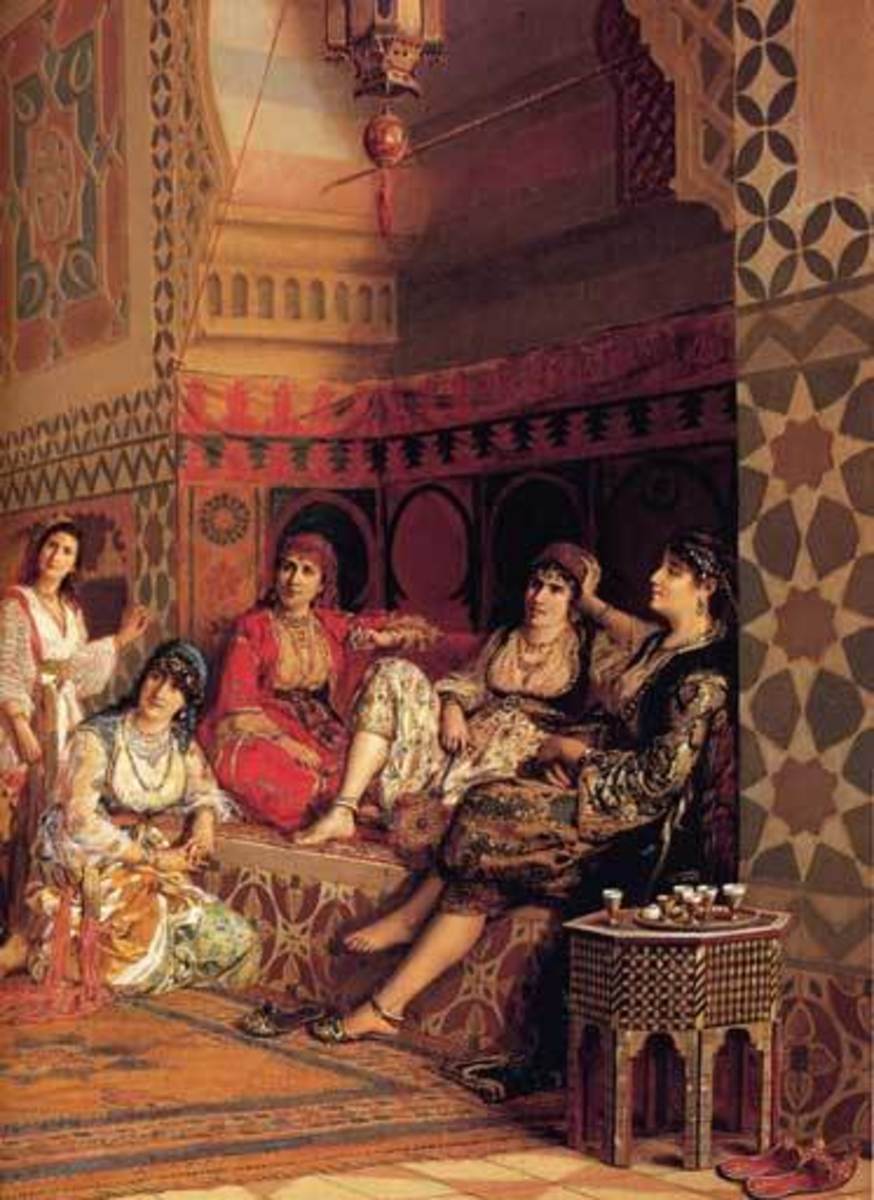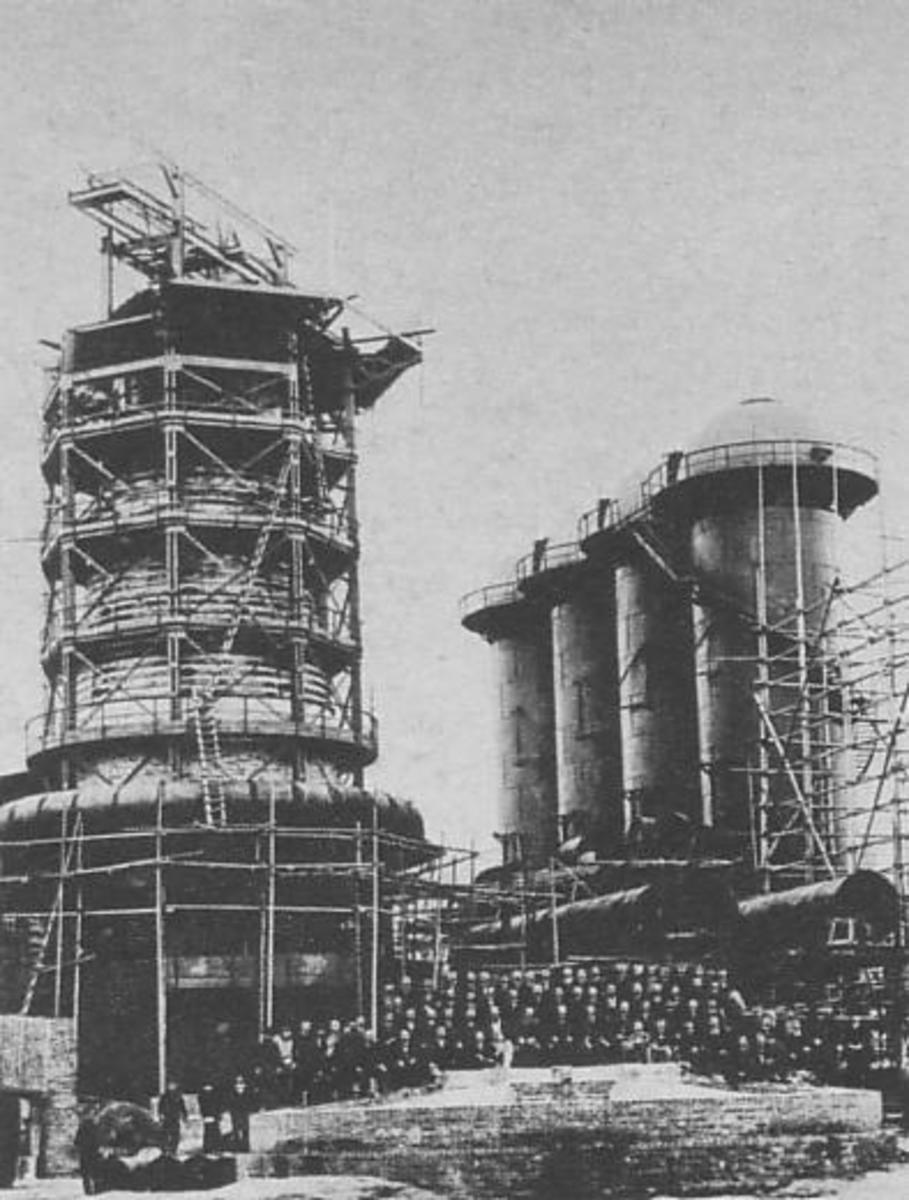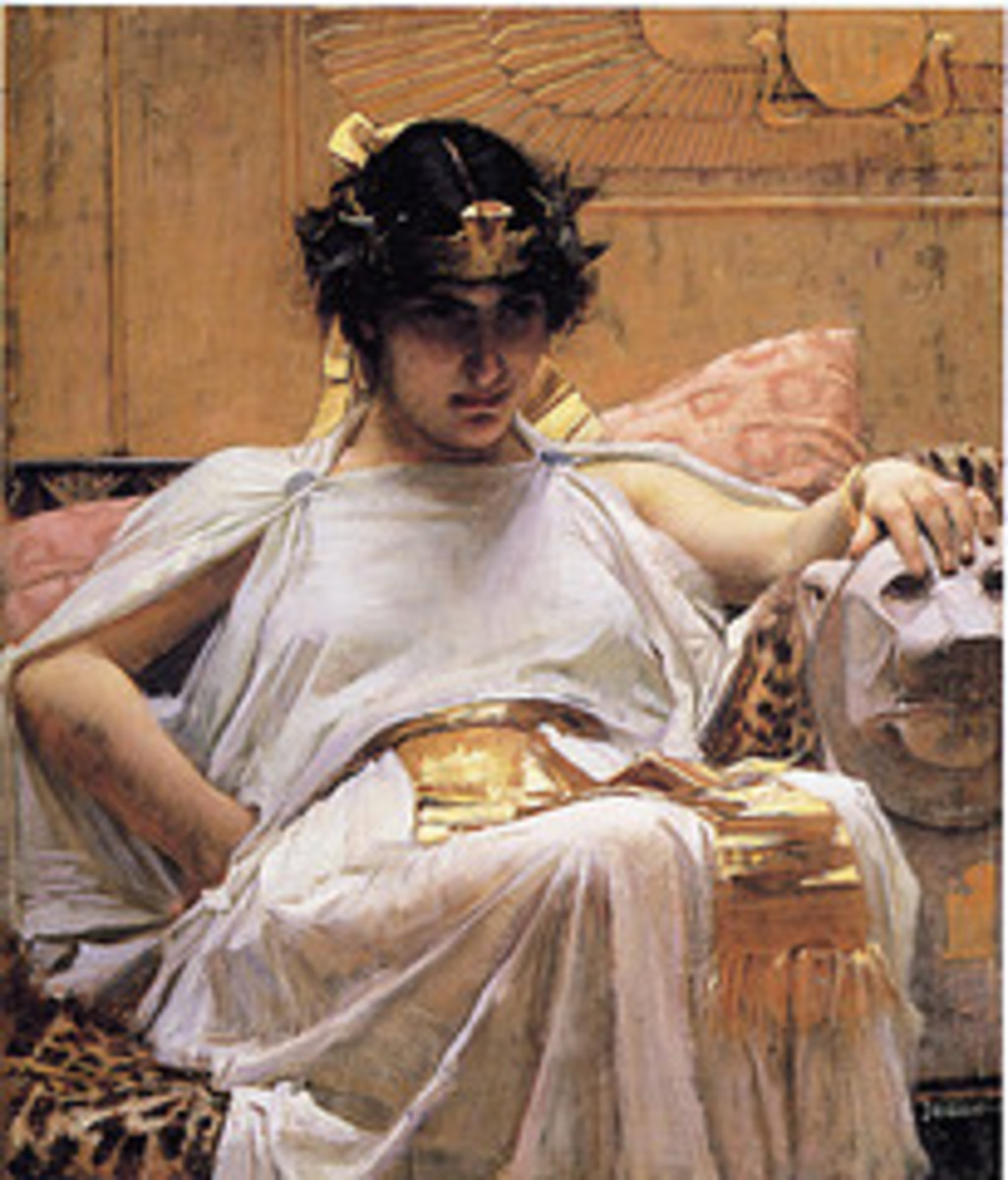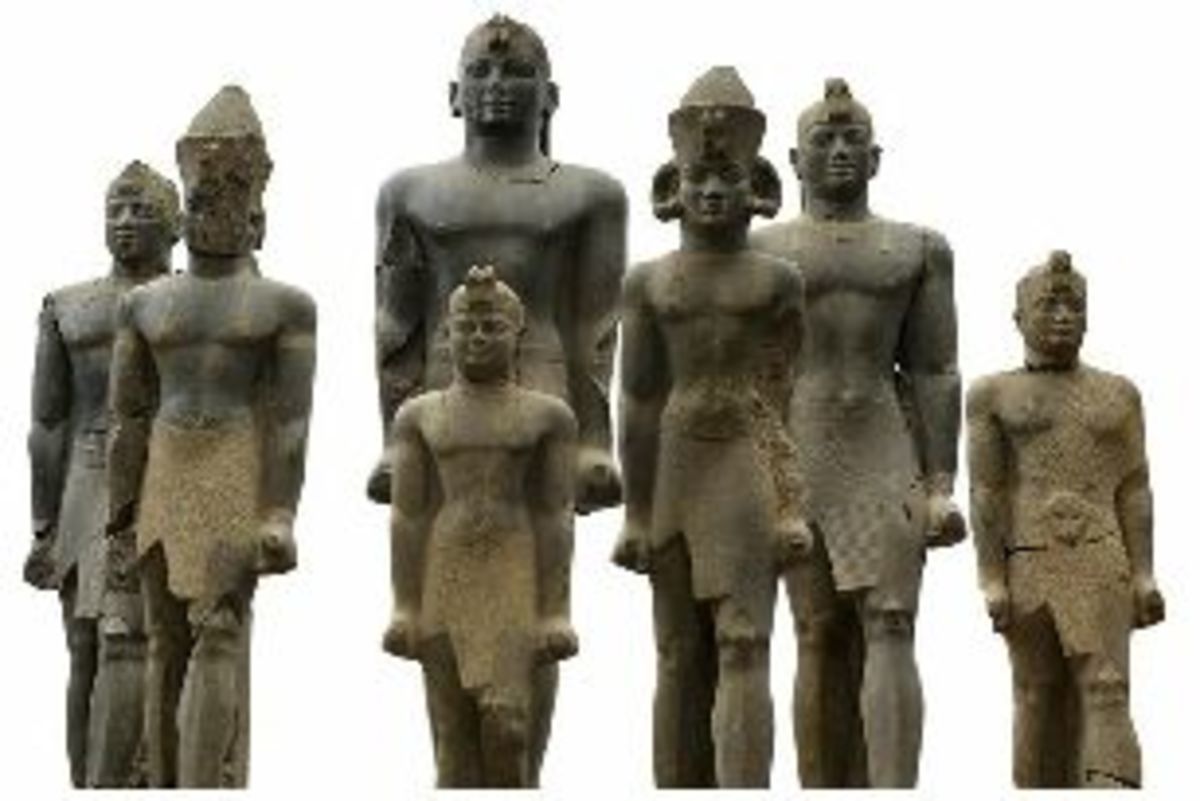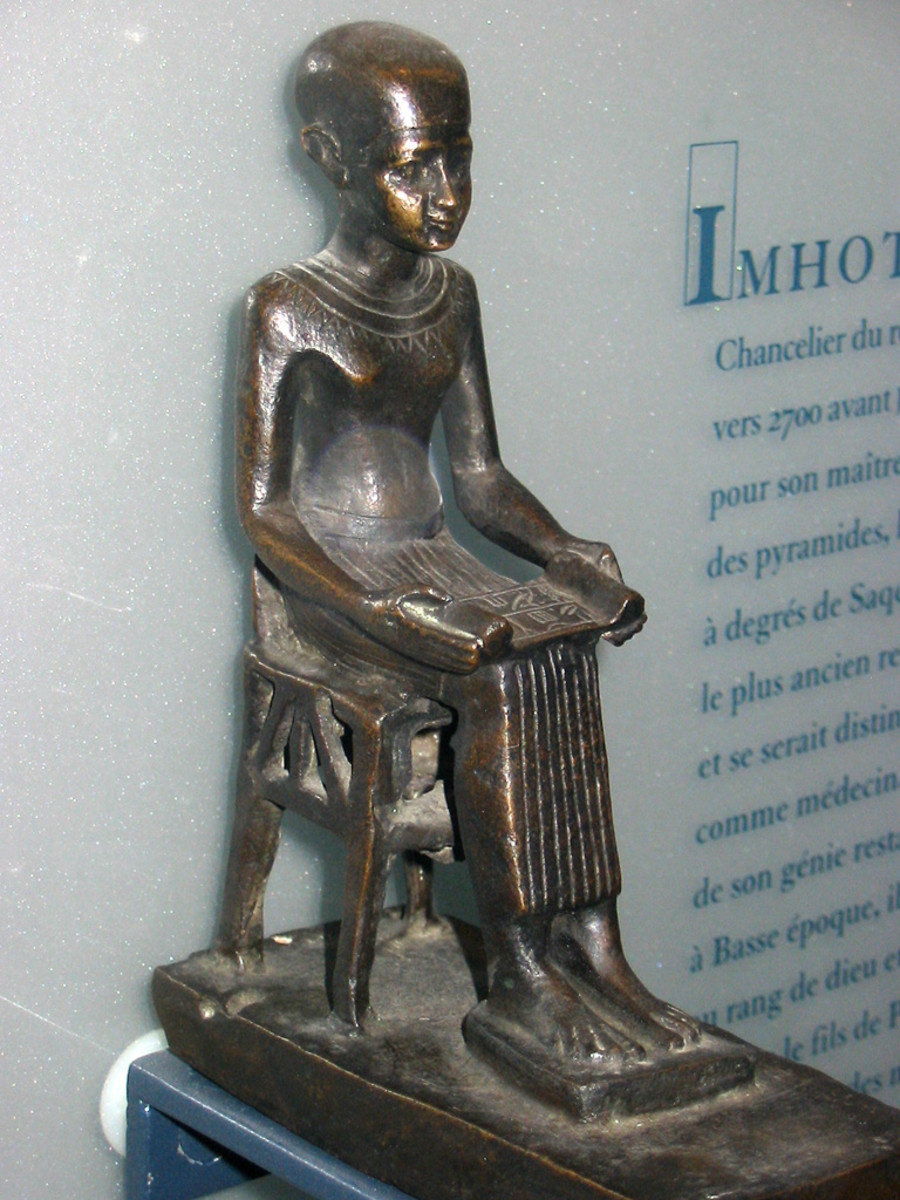The Evolution and Influence of Ottoman Households
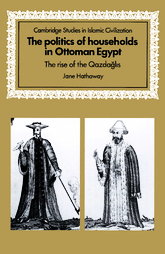
Jane Hathaway’s work, The Politics of Households In Ottoman Egypt, focuses on the rise of the Qazdagli household and the manner in which this institution embodied the transformations that were occurring throughout the Egyptian landscape, including the diffusion of military and administrative power into the provinces and the correlating influence that those provincial loci of power exhibited over the imperial capital. The question of a Mamluk resurgence, a point that undergoes a vast amount of critique by Hathaway, is also addressed in the writings of Gabriel Piterberg[1] and Ehud Toledano[2]. These works speak on the relevance of Mamluk influence over Ottoman Egyptian society, and emphasize the hierarchical complexities that attempted to monopolize the provincial elite within these localized households.
It is difficult to fully understand the process of localization and the corresponding dissemination of imperial power without first examining the integral role that households, specifically those of the military, played in the fluctuating Ottoman Egyptian society. These patron-client establishments, for Hathaway, co-existed in three forms: the governor and Ottoman administrative household, the local grandee household, and the barrack household. Each evolved in response to the competitiveness of society, provided some means of financial stability, allowed for pressure to be placed on the Ottoman administration, and served as an acculturation tool for the vast number of foreigners that were constantly being integrated into the social order.
Many of the aforementioned elements comprising this basic unit of social organization derived not only from the culture of Ottoman military society, but also from the mamluk household tradition. Hathaway, as well as Piterberg and Toledano, admit that the method of recruiting mamluk slaves (misirli) accounts for a large part of the household’s demographic, yet also maintain that an even larger number of members were recruited as free-born (serrac), and served rather as clients until an age at which one would join the military regiments and thereby strengthen their patron household. The authors all argue thereby that, while slave recruitment was a means of acquiring dependents to a certain institution, the household cannot be either a re-emergent or a neo-mamluk establishment.
What Piterberg addresses in further detail are the distinctions made between the mamluk-slaves and freeborn, which mainly concern the barriers that were erected within households in order to deter the latter from reaching the office of bey. Hathaway focuses in on this as well, exhibiting how the role of agha, which served as the final stepping-stone towards immersion into the beylicate and the establishment of a direct link with the imperial capital, was generally occupied by mamluks of beys, and not the regimental clients. This favoritism, which Hathaway argues does not suggest the reemergence of a mamluk dominated regime, was although at times circumvented, a fact that is best exemplified through the success of Mustafa Qazdagli, who, before becoming founder of the Qazdagli dynasty, served as a serrac. Still, the Qazdagli household conformed to the monopolizing practices of filling the beylicate with their own successful regimental officers.
With respect to the arguments of Piterberg and Hathaway, Toledano expands the scope of study from the complex microcosm of the household to include the institution’s relationship with the Ottoman center. He attributes the rise of households, the recruitment of non-elites and the acquisition of tax-farms as being some of the main characteristics of localization elements that were typified –as Hathaway suggests-by the Qazdaglis, who first dominated a Janissary regiment, a usual practice in light of Ottoman decentralization and unstable revenue sources, before infiltrating an ample amount of the beylicate. Toledano although places localization upon a parallel trajectory with Ottomanization, in which imperial Ottoman and local elements infused in order to adapt to the changing political, social, and economic environments; this impeded the disintegration of Ottoman rule, especially by ensuring the loyalty of the local elite.
The contributions of Piterberg and Toledano allow then for a better understanding of the conditions in which the Qazdaglis managed to rise to power. As most other prominent households, this “family” served as mediator between the center and the provinces. Additionally, the household’s members were credited for driving a number of changes that altered the image of the traditional social organization. Hathaway insists that these changes included the introduction and success of a culturally Ottoman influenced Egyptian military household, a regional variation that existed outside of the traditional mamluk structure, albeit still featuring an undeniable amount of mamluk influences as well as actual Georgian mamluk household members.
The extent of detail that Hathaway, Piterberg, and Toledano are able to provide on the question of the possible resurgence of a mamluk regime, as well as the complexities of localization and the exclusivity of the beylicate are impressive simply to the unreliability of 18th and 19th century documents, most of which, as al-Jabarti, wrote on mythologized events. Other sources, such as those by the historian al-Khashshab, use the term “mamluk” as a general phrase for a wide variety of characteristics that may or may-not have actually been mamluk in nature. Yet, the incorporation of both contemporary bureaucratic and regimental sources provide some clarity on Egyptian and imperial Ottoman relations, which Hathaway, Piterberg, and Toledano are able to adequately employ into each of their views on the rise of households, the corresponding shift to localized power centers, and the exchange of authority between the imperial center and these local social organizations.
Copyright Lilith Eden 2011. All Rights Reserved.
[1] "The Formation of an Ottoman-Egyptian Elite in the 18th Century," International Journal of Middle East Studies, Vol.22 (1990)
[2] Slavery and Abolition in the Ottoman Middle East. Seattle: University of Washington Press, 1998.



